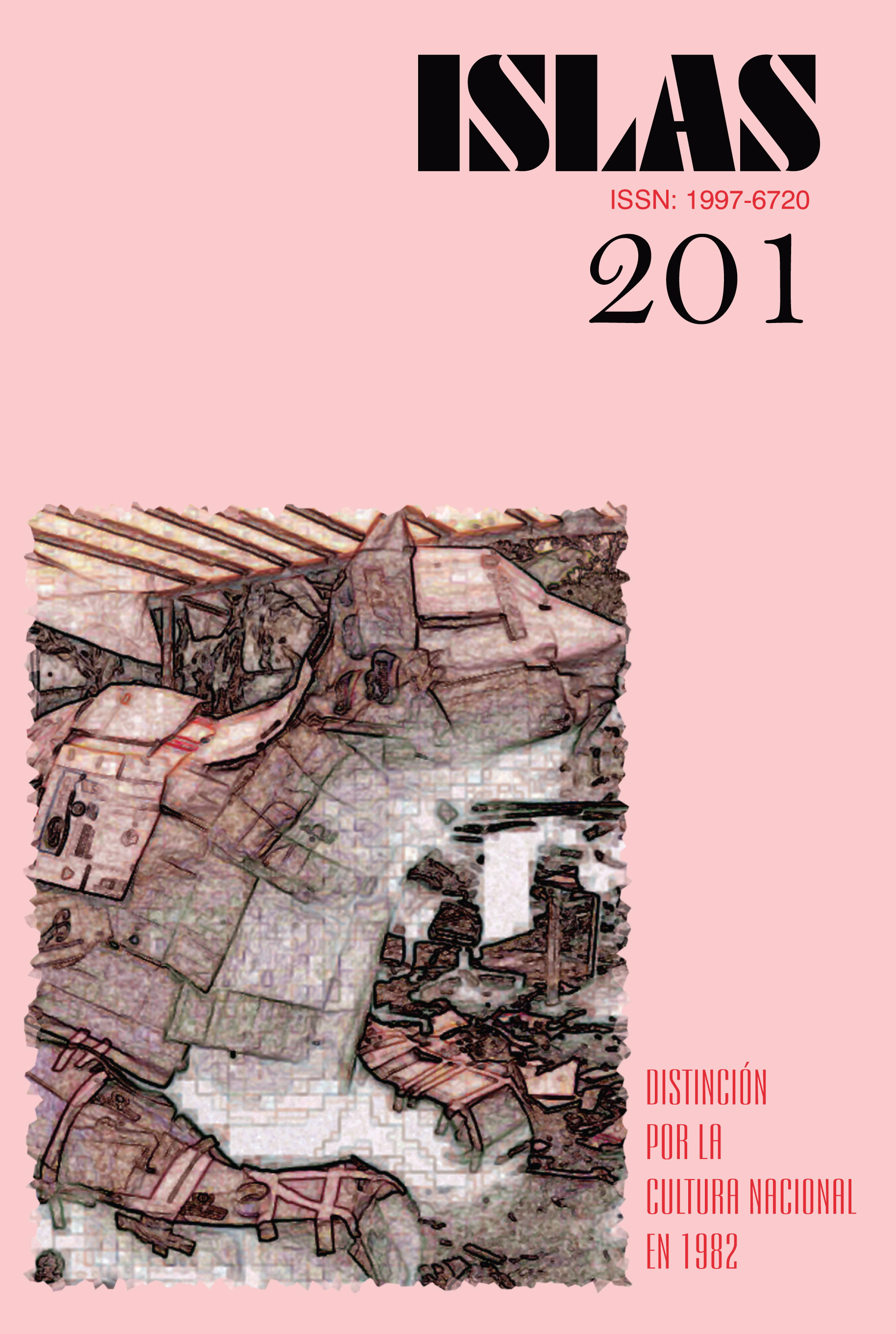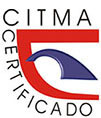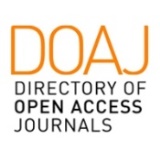Ecphrasis in the artistic-visual poetics of Geovanny Verdezoto: educational and intercultural frameworks
Keywords:
ecphrasis, educational relationships, interculturality, critical reflections, visual artsAbstract
ABSTRACT: Introduction: The ecphrastic practices related to the visual arts find a space for the reeducation of perspectives through the works of the artist Geovanny Verdezoto; who warns and subverts, with audacity, intercultural and inclusive experiences on his canvas: a representation that invites critical reflection and verbal rehearsal. Methods: On this occasion, we have considered a methodology that assumes essential features of the qualitative approach, from the social constructionist perspective, the hermeneutical method and techniques such as observation, self-report and interview. Results: The work of this forger does not emerge as mere entertainment, it is an allegory and iconic expression of the legacy of those who advocate for the emancipation of the universal human being. Therefore, it is worth finding the way in which the poetics of the creator configures and dialogues to transmit messages that favor the aggrandizement of the person (learner). Conclusions: This work constitutes an intellectual and moral exercise that invites the acceptance of the multiplicity and differences in the pedagogical and andragogical settings.
Downloads
References
BAYER, R. (1990). Historia de la estética. La Habana, Cuba: Pueblo y Educación.
DELEUZE, G. Y GUATTARI, F. (2016). Rizoma. Introducción. Valencia, España: Pre-textos.
DELGADO, H. (2019). Un estudio sobre las prácticas discursivas, escriturales y críticas en asignaturas relacionadas con las artes visuales para estudiantes de Diseño Gráfico de la Pontificia Universidad Católica del Ecuador, sede Santo Domingo (tesis doctoral). Universitat de Barcelona, España. Recuperado de http://hdl.handle.net/2445/145484
EISNER, E.W. (2014). El ojo ilustrado. Indagación cualitativa y mejora de la práctica educativa. España, Barcelona: Paidós.
GERGEN, K.J. Y GERGEN, M. (2011). Reflexiones sobre la construcción social. Madrid, España: Paidós.
GIOVINE, M. A. (2015). Paradojas del arte contemporáneo. Tópicos del Seminario, (34), pp. 155-171. Recuperado de: https://www.redalyc.org/
GONZÁLEZ, L.M. (2011). Artes de acción: re-significación del cuerpo y el espacio urbano. Revista nodo, 10, (5), 55-72. Recuperado de: https://dialnet.unirioja.es/
GUTIÉRREZ, M. (2012). ANTROPOLOGÍA VISUAL Y MEDIOS DIGITALES: Nuevas perspectivas y experiencias metodológicas. Revista de Antropología Experimental, (12), 101112. Recuperado de filosofia.uaq.mx
HERNÁNDEZ, F. (2008). La investigación basada en las artes. Propuestas para repensar la investigación en educación. Educatio Siglo XXI, 26, 85-118.
HERNÁNDEZ, M Y MARTÍN, J. L. (1998). La recepción de la obra de arte y la participación del espectador en las propuestas artísticas contemporáneas. REIS: Revista Española de Investigaciones Sociológicas, (84), 45-63. Recuperado de https://dialnet.unirioja.es/
MORALES, C. (2014, marzo 25). El diálogo intercultural mediante el arte. El mundo. Recuperado de https://www.elmundo.es/blogs/elmundo/voces/2014/03/25/eldialogo-intercultural-mediante-el.html
NAVARRO, D. (2007). El postomderno, el postmodernismo y su crítica. La Habana, Cuba: Criterios.
WILDE, O. (2002). El crítico como artista. España: Langue.
Downloads
Published
How to Cite
Issue
Section
License
Copyright (c) 2022 https://creativecommons.org/licenses/by-nc/4.0/

This work is licensed under a Creative Commons Attribution-NonCommercial 4.0 International License.
Usted es libre de:
Compartir — copiar y redistribuir el material en cualquier medio o formato
Adaptar — remezclar, transformar y construir a partir del material
La licenciante no puede revocar estas libertades en tanto usted siga los términos de la licencia
Bajo los siguientes términos:
Usted es libre de:
Atribución — Usted debe dar crédito de manera adecuada, brindar un enlace a la licencia, e indicar si se han realizado cambios. Puede hacerlo en cualquier forma razonable, pero no de forma tal que sugiera que usted o su uso tienen el apoyo de la licenciante.
NoComercial — Usted no puede hacer uso del material con propósitos comerciales.
No hay restricciones adicionales — No puede aplicar términos legales ni medidas tecnológicas que restrinjan legalmente a otras a hacer cualquier uso permitido por la licencia.



















